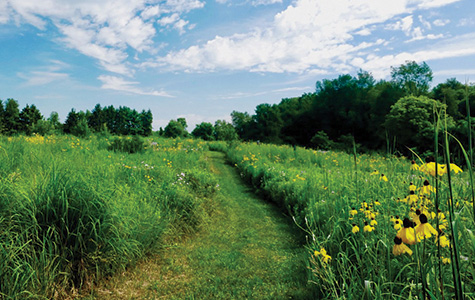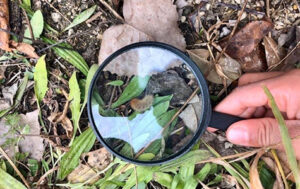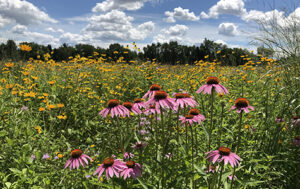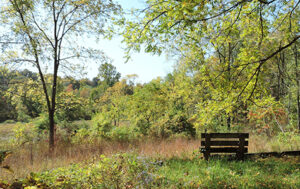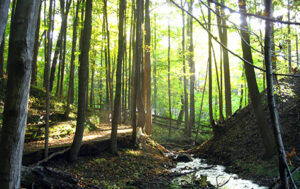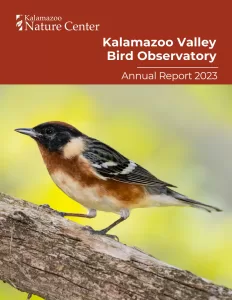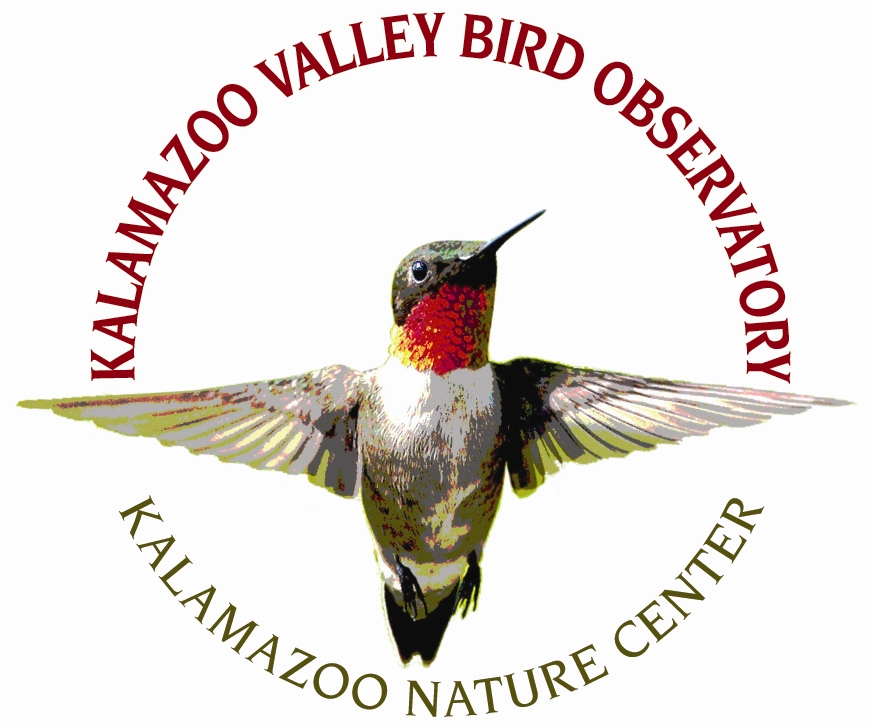About Us
The Kalamazoo Valley Bird Observatory (KVBO) is a program of the Kalamazoo Nature Center that is over 30 years old! Collaborative research between KVBO and government agencies, universities, and non-governmental organizations allows individual birds to be tracked as they move throughout North America. Surveys, banding, and parasite sampling allows researchers at KVBO to examine how environmental changes, pests, and diseases impact the distribution and demography of bird species.

